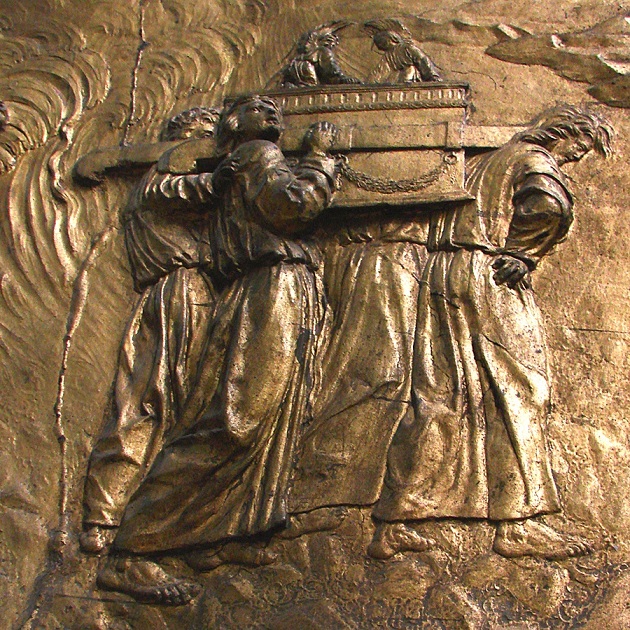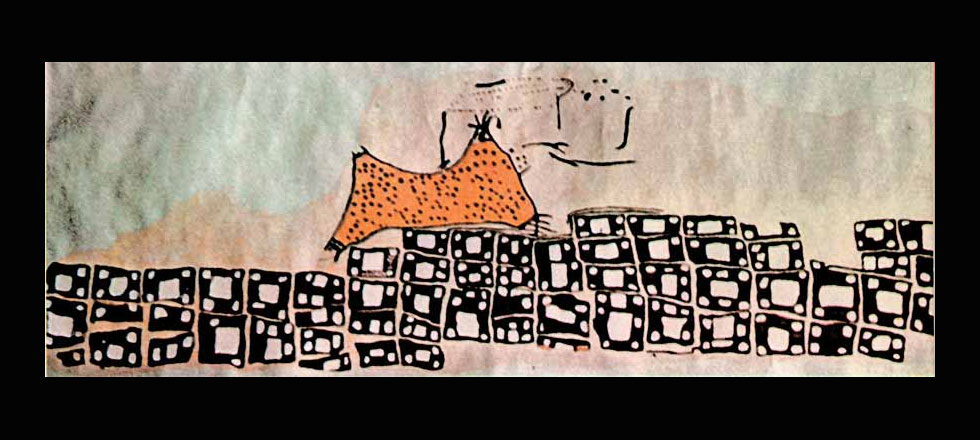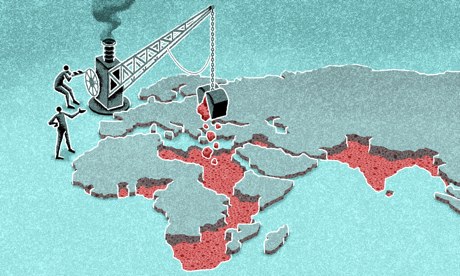
© Photo by I. Vassil, released into public domain through WikimediaThis bas-relief image showing the Ark of the Covenant being carried is from the Auch Cathedral in France. A newly translated Hebrew text claims to reveal the locations of treasures from King Solomon's Temple and discusses the fate of the Ark itself.
A newly translated Hebrew text claims to reveal where treasures from King Solomon's temple were hidden and discusses the fate of the Ark of the Covenant itself.
But unlike the Indiana Jones movie
Raiders of the Lost Ark, the text leaves the exact location of the Ark unclear and states that it, and the other treasures, "shall not be revealed until the day of the coming of the Messiah son of David ..." putting it out of reach of any would-be treasure seeker.
King Solomon's Temple, also called the First Temple, was plundered and torched by the Babylonian King Nebuchadnezzar II in the sixth century B.C., according to the Hebrew Bible. The Ark of the Covenant is a chest that, when originally built, was said to have held tablets containing the 10 commandments. It was housed in Solomon's Temple, a place that contained many different treasures.
The newly translated text, called "Treatise of the Vessels" (
Massekhet Kelim in Hebrew), says the "treasures were concealed by a number of Levites and prophets," writes James Davila, a professor at the University of St. Andrews, in an article in the book
Old Testament Pseudepigrapha More Noncanonical Scriptures Volume 1 (William B. Eerdmans Publishing Co., 2013).





Comment: See here for more on the author's comments regarding the shady deal between the French government and U.S. Army scientists.